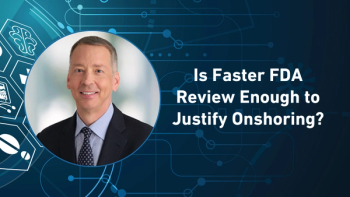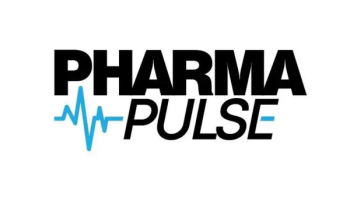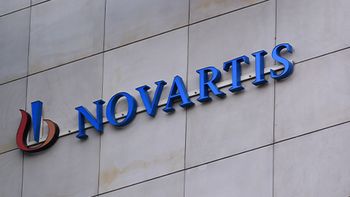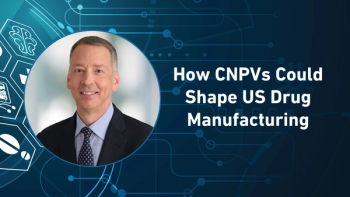
Pharma Pulse: Redefining the Pharmacy Aisle
This episode of Pharma Pulse examines how in-store pharmacies are evolving beyond prescriptions to deliver clinical services, nutrition support, and real-time education, bridging care gaps in pharmacy deserts across the United States.
Welcome to Pharma Pulse, a Pharmaceutical Commerce podcast where we bring you the latest insights shaping patient access, supply chain/logistics, data & tech, and healthcare innovation. I'm your host, and in today’s episode, we’re looking at how grocery-based pharmacies are transforming into vital community health hubs—right in the aisles where you shop.
In a recent Pharmaceutical Commerce
Pharmacists are stepping up as frontline providers—offering point-of-care testing, immunizations, and chronic disease management, especially in areas where primary care access is limited. According to recent studies, over 40% of U.S. counties now qualify as pharmacy deserts. In this new care landscape, pharmacists aren’t just filling prescriptions—they’re filling critical care gaps.
And it doesn’t stop there. The grocery setting opens the door for what experts are calling “food-as-medicine.” Patients are receiving guidance on how nutrition ties into conditions like diabetes or hypertension—sometimes just steps from the produce aisle. This is more than a trend; it’s a shift toward whole-body, preventive care in everyday settings.
To support this transformation, pharmacies are also turning to digital tools to boost health literacy and combat misinformation. Companies like Mesmerize are providing tailored video education directly through in-store screens. These displays help patients ask smarter questions, make informed choices, and stay engaged with their health—all in real time.
AI is playing a growing role too, helping validate health content and power visuals that are both accurate and accessible. Messaging can even be locally targeted—for example, raising awareness when a regional pharmacy adds point-of-care testing services.
Importantly, this model is cost-free to the pharmacy. Support includes everything from screen installation to IT coordination, funded by health-conscious sponsors who recognize the value of reaching engaged audiences in healthcare settings. It’s a win-win—patients get better access and education, and pharmacies become true community health anchors.
So what’s next? As care continues to decentralize, grocery-based pharmacies are perfectly positioned to lead. They're merging clinical services, everyday convenience, and trusted health education—all while supporting underserved communities.
That’s it for this episode of Pharma Pulse. For more insights on trends transforming pharmaceutical access and care delivery, visit
Thanks for listening—until next time, stay well and stay informed.
You can catch Pharma Pulse directly on
Newsletter
Stay ahead in the life sciences industry with Pharmaceutical Commerce, the latest news, trends, and strategies in drug distribution, commercialization, and market access.





